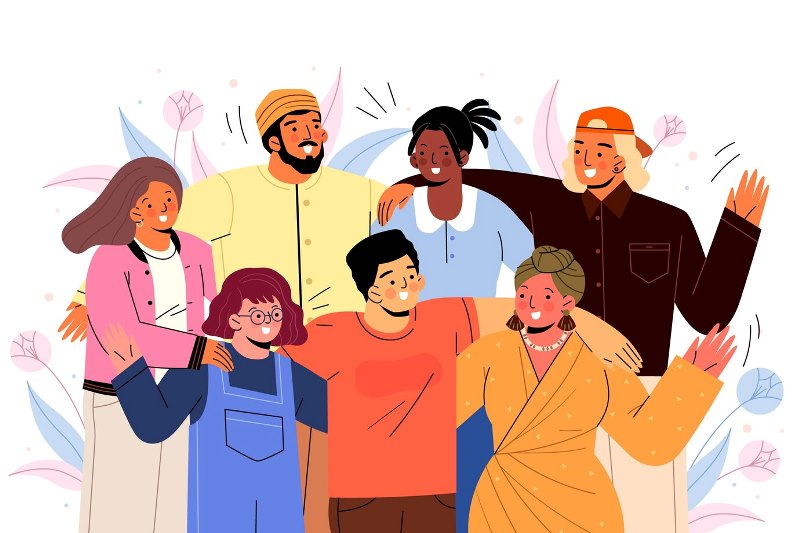Events have the power to bring people together, foster connections, and create lasting memories. However, for an event to truly thrive and be representative of our diverse society, it is essential to prioritize diversity and inclusion. In this article, we will explore the significance of diversity in events and provide practical tips to maximize diversity and inclusion.
The Importance of Diversity in Events
Diversity in events is not merely a buzzword; it is a fundamental principle that can enrich the experience for both organizers and attendees. Here are some compelling reasons why diversity should be at the forefront of event planning:
Enriched Perspectives: A diverse group of attendees brings together a variety of perspectives, ideas, and experiences, which can lead to innovative solutions and discussions.
Increased Engagement: Diverse audiences are more likely to engage with the content and each other, creating a dynamic and vibrant atmosphere.
Reflecting Society: Events that mirror the diversity of the real world are more relevant and relatable, making them more appealing to a broader audience.
Business Benefits: Embracing diversity can have a positive impact on an event’s reputation, sponsorships, and revenue.
Tips to Maximize Diversity and Inclusion in Events
Start with a Diverse Team:
To create an inclusive event, begin by assembling a diverse team of organizers, planners, and volunteers. A team with different backgrounds and perspectives can provide valuable insights and ensure that all voices are heard.
Understand Your Audience:
Conduct research to understand the demographics and preferences of your target audience. This knowledge will help tailor the event to meet their specific needs and interests.
Inclusive Marketing:
Develop marketing materials and strategies that appeal to a wide range of people. Avoid stereotypes and use inclusive language and imagery in your promotional materials.
Venue Accessibility:
Choose a venue that is accessible to all attendees, including those with disabilities. Ensure that there are ramps, elevators, and accessible restrooms, and provide sign language interpreters if needed.
Diverse Speakers and Performers:
Invite a diverse group of speakers, performers, and panelists. Representation matters, so ensure that your event showcases individuals from various ethnicities, genders, backgrounds, and perspectives.
Inclusive Content:
Craft event content that is inclusive and respectful of different viewpoints. Encourage open dialogue and foster an environment where attendees feel comfortable sharing their thoughts.
Code of Conduct:
Establish a clear code of conduct that promotes respectful behavior and prohibits discrimination, harassment, and bullying. Communicate this code to all participants and enforce it consistently.
Inclusive Networking Opportunities:
Create spaces and activities where attendees can connect and network. Icebreakers and networking sessions can help people from diverse backgrounds feel more comfortable engaging with one another.
Accessibility Tools:
Provide tools and resources to accommodate attendees with various needs, such as captioning for presentations, hearing loops, and accessible seating options.
Diversity Training:
Train your event staff on diversity and inclusion principles, ensuring that they are aware of potential biases and equipped to address issues that may arise.
Feedback Mechanisms:
Encourage attendees to provide feedback on the event’s diversity and inclusion efforts. Use this feedback to continually improve and make necessary adjustments for future events.
Conclusion
Diversity and inclusion are not just ideals; they are essential components of successful and meaningful events. By prioritizing diversity in your event planning and implementation, you can create an inclusive space where attendees from all backgrounds feel welcome and valued. Embracing diversity not only enriches the event experience but also contributes to a more inclusive society overall. So, let’s work together to make our events truly diverse and inclusive, where everyone can participate, learn, and connect.

